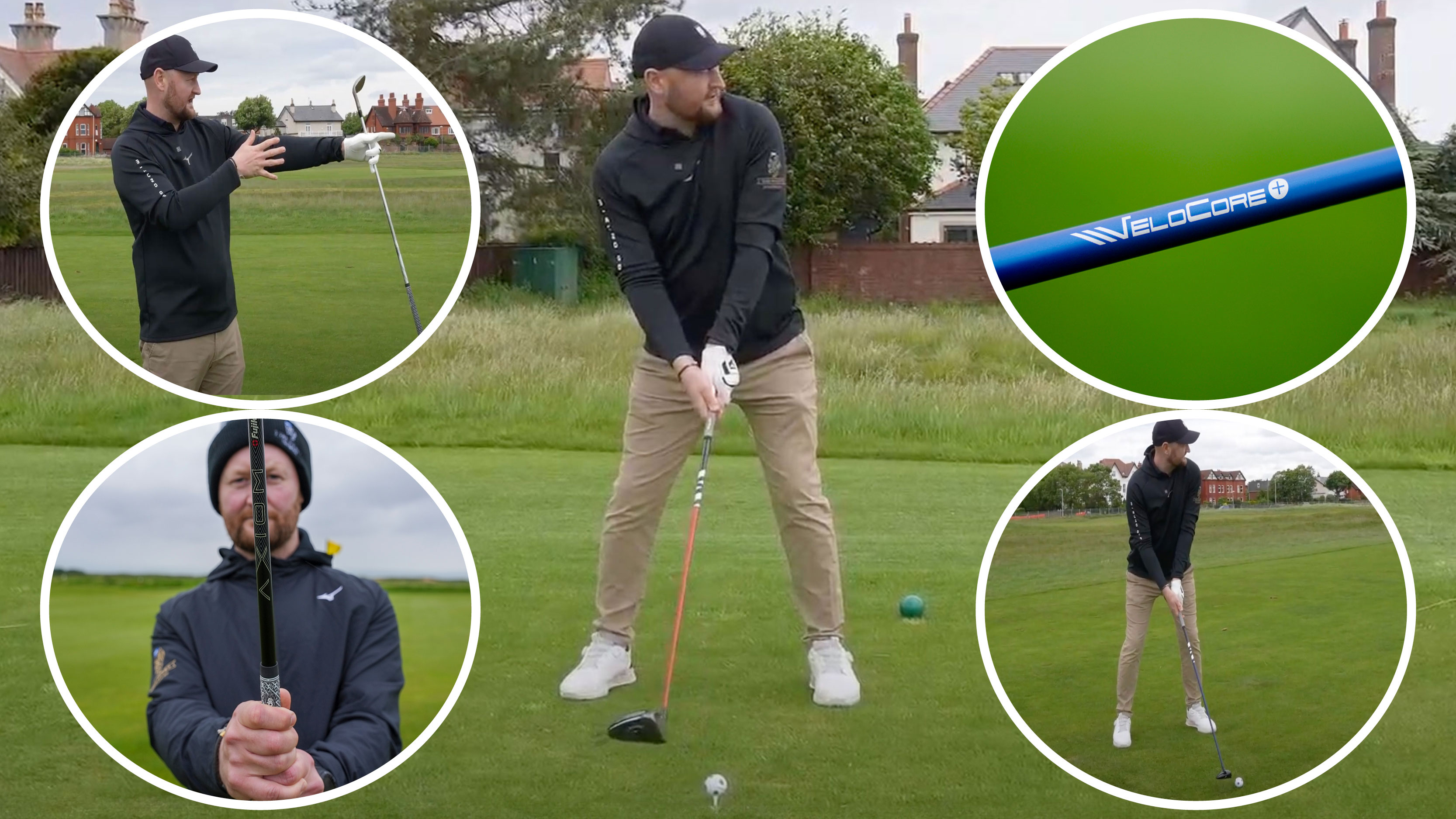
Professionals and elite players see par 5 holes as their main scoring opportunities, whereas they can often strike fear into the heart of the recreational golfer. The sheer length of these holes can be daunting and often lead to some card-wrecking scores. I recently joined Matt Fryer on the 18th hole at Royal Liverpool Golf Club to get some insight on how club golfers can tackle the par 5s more successfully with a better strategy…
Don’t be daunted by the length
Many club golfers get on to the tee of par 5 holes and immediately feel intimidated by the length and are psychologically defeated before they have begun. It can seem that you are so far from the hole to start with that you are never going to reach the green, but Matt thinks that there is a way you can change your perspective.
“If we break it down, I always say to my students, if you hit three shots that went 200 yards, then even on a 550-yard par 5, we are already 50 yards over the green, so it’s not actually too long in that sense once you break it down into manageable chunks, so don’t let that big number intimidate you.”
This is a great psychological trick to keep the potentially intimidating yardage in perspective and help you realize that you don’t have to do all the work in one or even two gos.

Build a sensible strategy
On the longest holes on the course, the temptation to take out your driver and swing out of your boots can be difficult to ignore, but can actually land you in trouble. Of course, there are occasions where that might be appropriate when the fairway is wide and the hazards are not too penal, but on many occasions, planning ahead can be critical to success. Take a look at not only what hazards, such as out-of-bounds, bunkers, rough, or water lay in your way, but also the severity of those hazards.
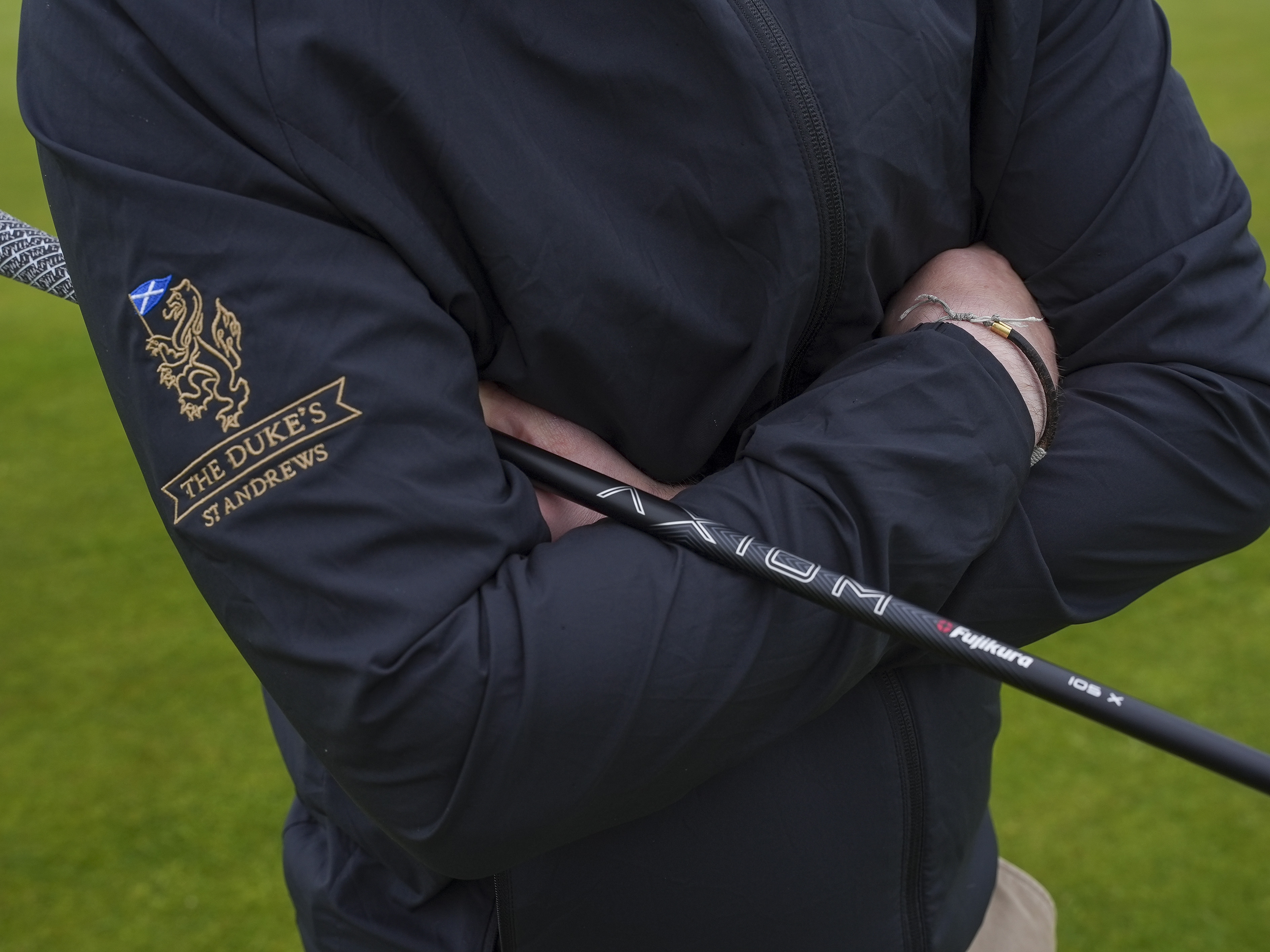
For example, if there is a bunker in your normal driver landing zone and it is a small, deep, pot bunker then it may be prudent to select another club that may not reach as the penalty for going in those bunkers can be severe. However, if that bunker is large and has a shallow lip that you may be able to advance the ball a good distance from, then in that instance, the potential reward may warrant the risk. Do not only assess where hazards are, look a little deeper and assess how severe they are before finalizing your plan.
Find a favorite wedge yardage
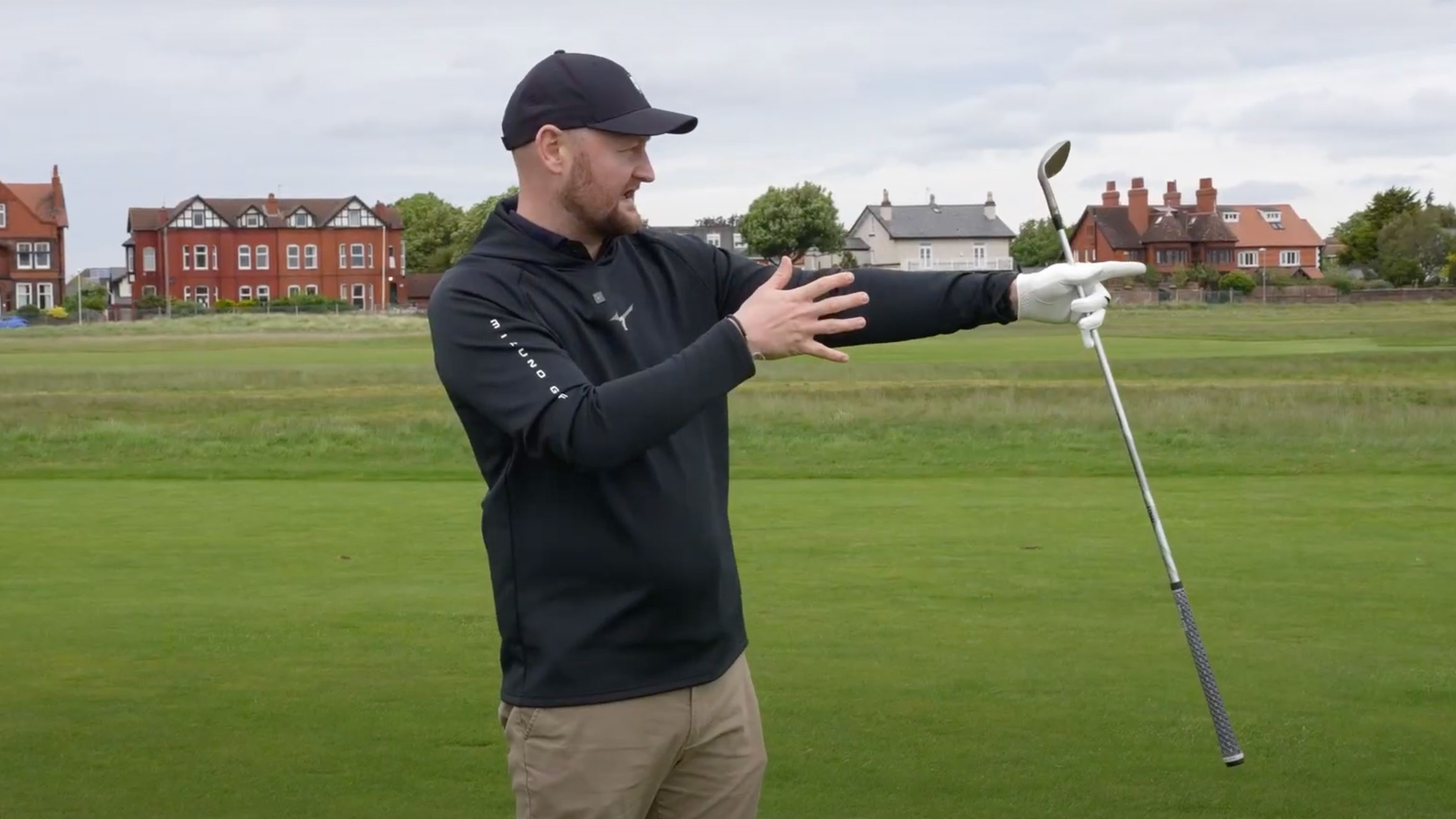
For many recreational players, reaching par 5 greens in two or even sometimes three shots just isn’t possible so it is important to have a fallback strategy to score well. As Matt says: “Too often I see players desperately trying to force a ball as close as possible to the green, feeling that is the only way they will possibly make a birdie or par. This can lead to errors in the strike by pushing too hard for distance, and even if successful, can also leave players with awkward in-between pitch shots. I have a club in my bag that I am very comfortable hitting 90 yards so when I am laying up, I invariably try to play to that comfortable yardage for me rather than trying to force the ball as close as possible to the green.”
Take some time in practice to establish your own favorite layup yardage and use that to your advantage next time you can’t reach the green.
Make sure your equipment matches your requirements
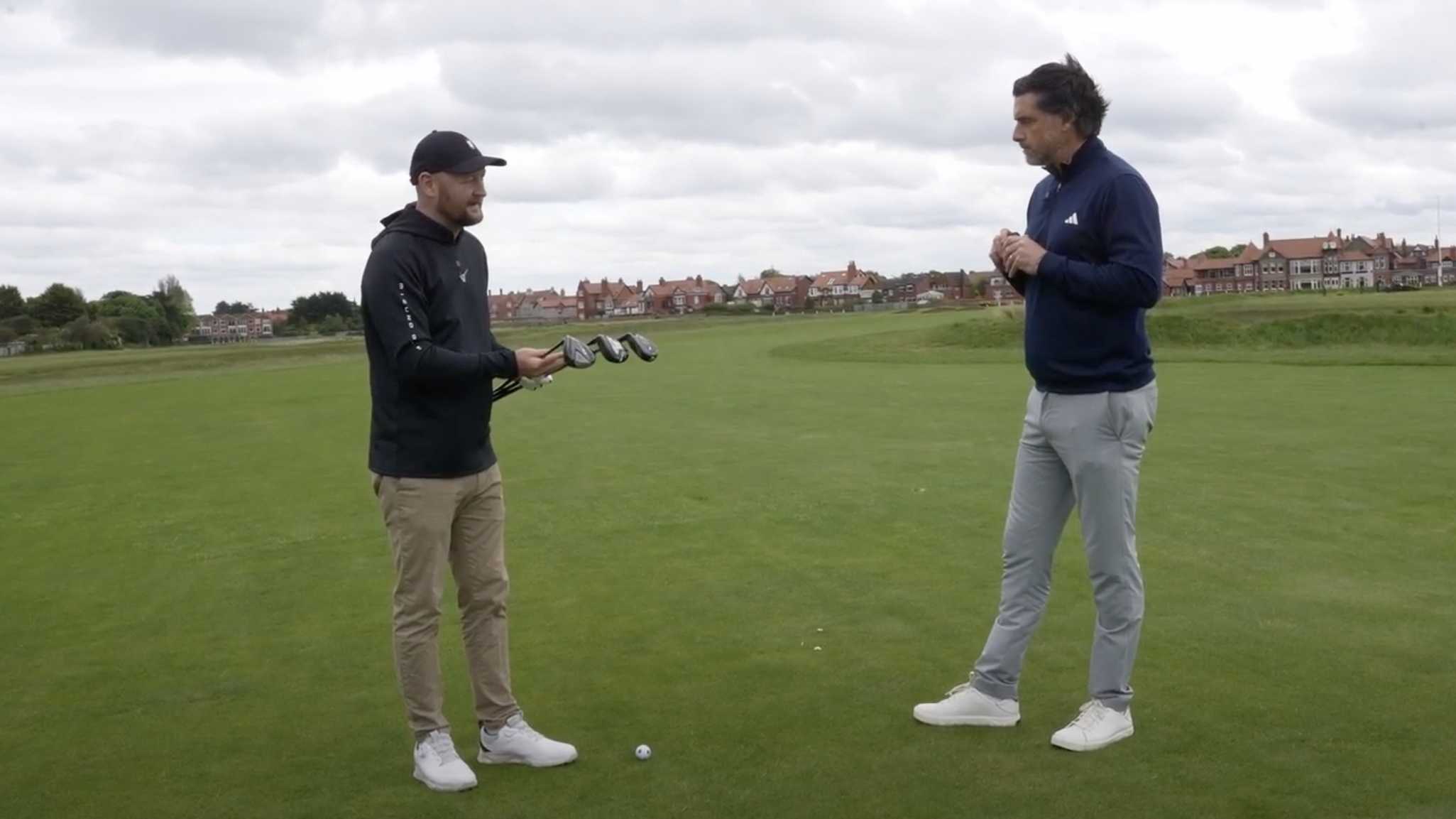
Due to the yardage, no holes place more emphasis on having the correct equipment set up at the top end of your bag than par 5s, especially having the best driver shafts in your bag. Ensuring an optimal driver setup can help you maximize your distance from the teeing ground and finding the best head/shaft combination is one of the keys to doing so. Even further down the hole, having the correct options in your bag is critical to being able to attack par 5s.
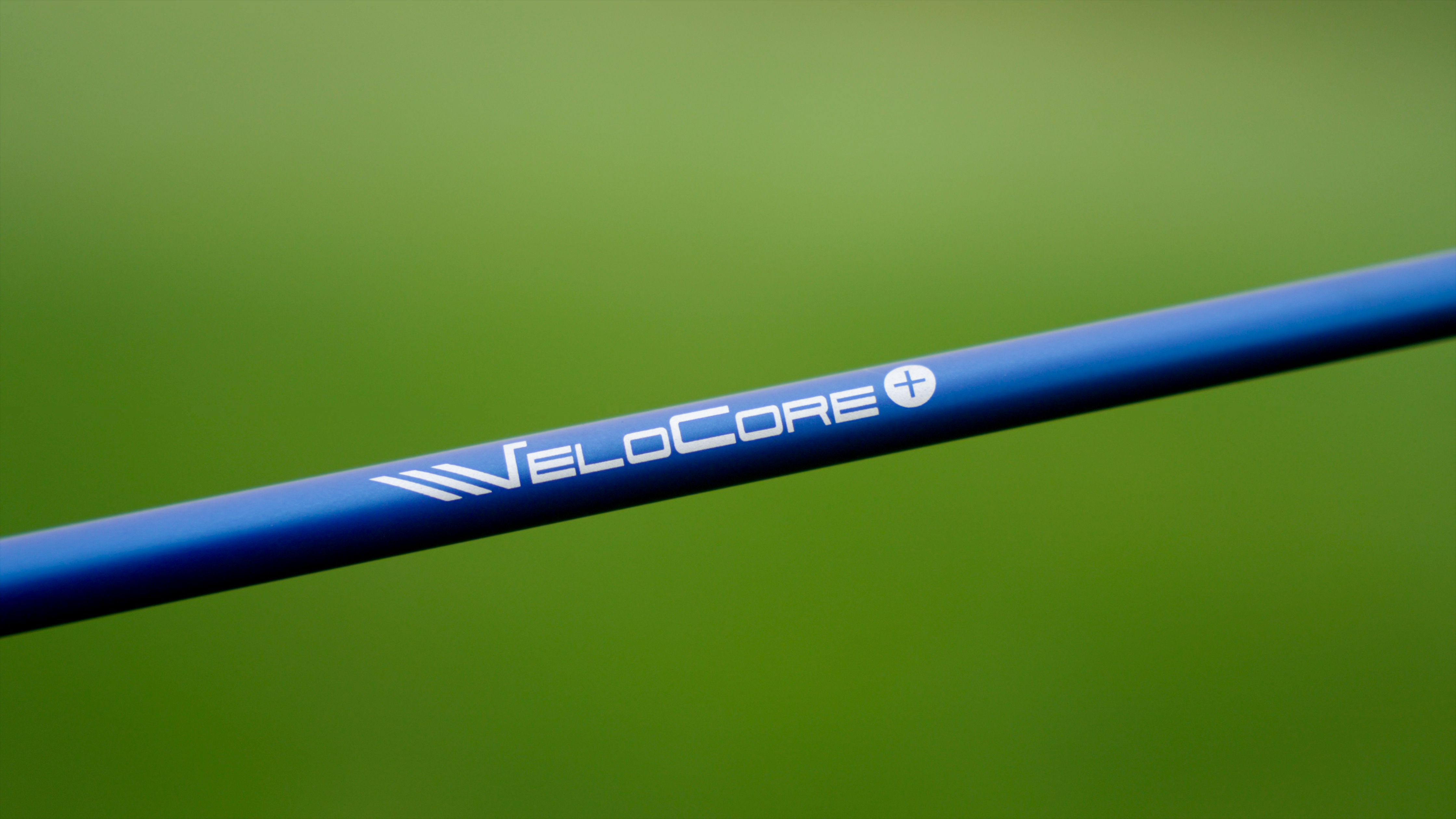
Does the course you are playing suit lower, running approaches or high soft landing approaches? Is the rough thick and juicy or dry and sparse? These are all things that can influence what equipment you will need in your golf bag from deciding between a long iron or a lofted hybrid, or even whether to add another wedge if some of the par 5s are out of your range. Selecting the correct shaft that compliments the flight preferences you are looking for is also crucial. Different shaft profiles can encourage different flight windows and that must be factored into your thinking.
Don’t always play the yardage

This may sound strange, but the best players do not always try to hit the ball the “correct” yardage. In particular, on par 5s, many of the top professionals in the world often try and hit the ball over the back of a green or deliberately play to the front or even short of the green on their second shot, depending on the slopes, hazards, and what leaves the easiest next shot. Obviously, in an ideal world, we would generally want to have the ball as close as possible to any hole, but often, with the length of approach shots on par 5s, even the best in the world are pragmatic enough to know that it is unrealistic to expect that level of accuracy. Understanding the slopes and angles of the green you are playing to will help you to work out where the easiest up and down will come from and help to inform your strategy.







